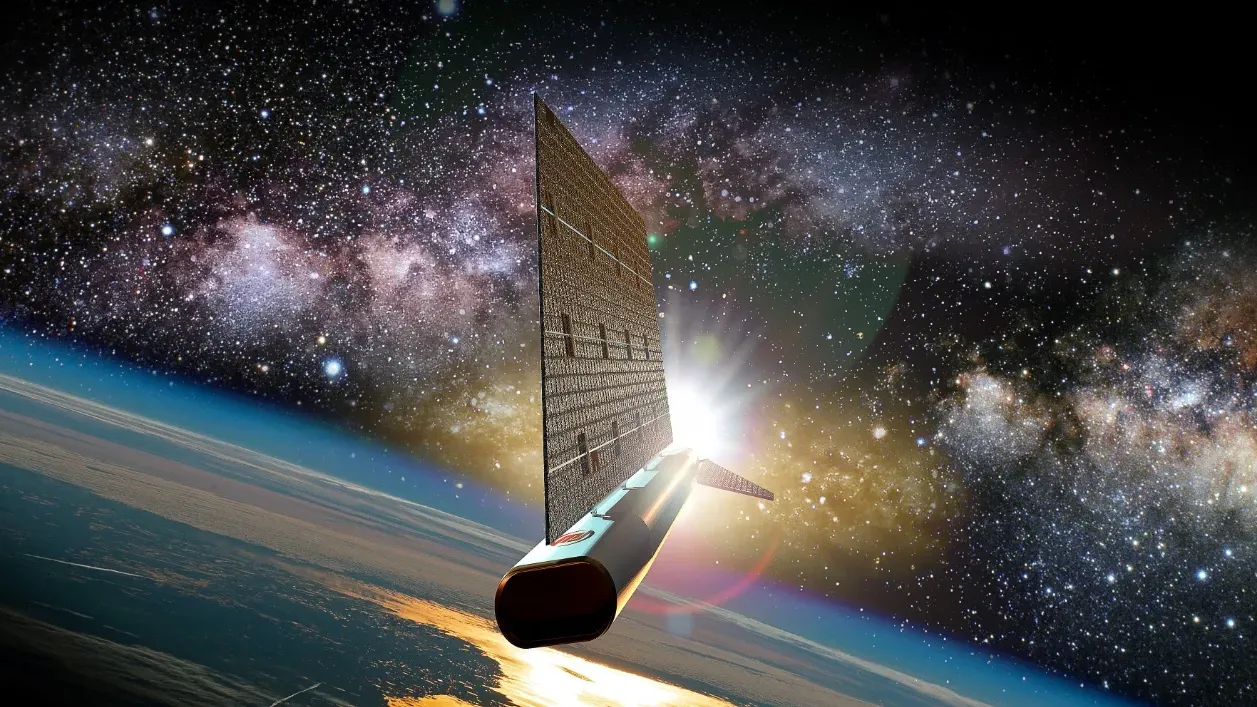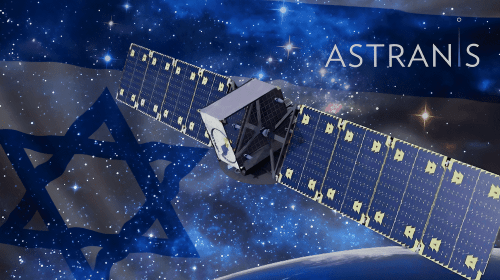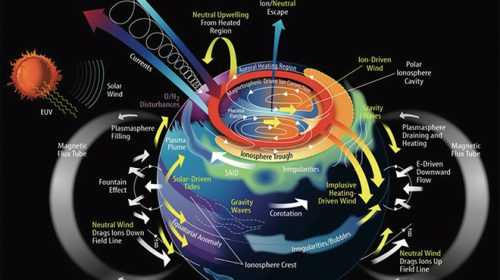Dec 28, 2017
Ask anyone in the broadband/telecommunications business, and they are likely to consider satellite as the option of last resort, to be used when there are no other options available. Is it possible that the telecommunications industry is taking a second look at satellite based broadband? There is a lot of buzz surrounding the satellite industry in a way we haven’t seen in some time. “NewSpace,” a sexy new moniker refers to the private commercialization of space. The exploits of companies such as SpaceX, Virgin Galactic, OneWeb, O3b and others, are examples of companies looking for new ways to commercialize space that have recently increased interest and conversation within and about the satellite industry.
New HTS (High Throughput Satellites) birds are being placed into orbit, and providing services to markets around the world. These high capacity Ka-band and Ku-band satellites have injected a plethora of new capacity, and as a result some prices have come down. That doesn’t mean broadband satellite is competing head-to-head with terrestrial services, but it does mean that higher data rates are available by satellite at more affordable prices, which may reduce or slow the demand for expensive terrestrial infrastructure expansion.
On the radar screen are new constellations of LEO (Low Earth Orbit) satellites that are being designed, manufactured and prepared for launch. These LEO mega-constellations are geared to stir the pot, and a big part of that is finally providing a solution to the latency issue that is inherent in communicating via GEO (Geosynchronous Earth Orbit) satellites. The issue arises because satellites are 35,786 km (22,236 mi) above the equator. Satellite signals travel at the speed of light, but it takes a half second for a ping passing through a GEO satellite to go from a remote site to the internet and back. Pings over LEO satellites will be about 50 ms, instead of 550 – 650 ms, eliminating the latency issue that is unfriendly to voice, video and interactive gaming traffic, and putting LEO satellite latency on a par with terrestrial services. GEO satellites aren’t going away though. Latency doesn’t matter for streaming video, such as TV, and this is a growing business that works very well with an inexpensive fixed antenna on the ground.
OneWeb
One example of a mega-constellation, is OneWeb which has plans to manufacture and launch 900 LEO satellites that will provide global coverage. These satellites are scheduled to be launched starting in 2018 at the rate of 15 satellites per week. The goal is to provide, high speed, low-latency connectivity, creating a global footprint over the entire planet.
LeoSat is another startup with big plans. They plan to launch a constellation of about 100 satellites designed to provide high throughput, low-latency and highly secure communications between any two or more locations on earth – without using terrestrial links. Their solution supports inter-satellite links, so that traffic can go from one location to the satellite, where it will be passed by other satellites to the remote destination, without touching the ground in the process. Leosat expects this capability to set a new bar for high-speed networks. First launch will be in 2019 for testing, with launching of the full constellation beginning in 2021.
While some are hoping LEO satellites will be the salvation of the satellite world, it is clear that challenges remain – including affordable antennas on the ground to leverage the new satellites. The pricing that these new solutions will offer, and how close that pricing is to mainstream telecom solutions will matter. Satellite pricing is already being nudged downward by the current glut of capacity, which means the new NGSO (Non Geostationary Satellite Orbit) players may not be able to undercut GEO revenue as much as anticipated. To succeed, they may also need to position themselves as competition for traditional telecommunications solutions. There are those in the industry, such as Tom Choi, outgoing CEO of ABS, who doubt this will be possible. Choi believes NGSOs will have difficulty competing with 5G, and they won’t be able to steal GEO customers.
he buzz isn’t all up in the air. There are major developments taking place on the ground as new phased array antennas are being developed that work without moving parts, as well as new FPA (flat panel antennas) that leverage metamaterials which promise to reduce costs, and increase efficiency. These new antennas will be able to connect to more than one satellite at a time, enabling a “hand-off” as satellites orbit in and out of view. All the dynamics in the industry point to a time of great transition, a time of plans, promises and uncertainties. It’s an exciting time. People are talking about satellites again. Join the conversation. Let us know your thoughts and questions.





